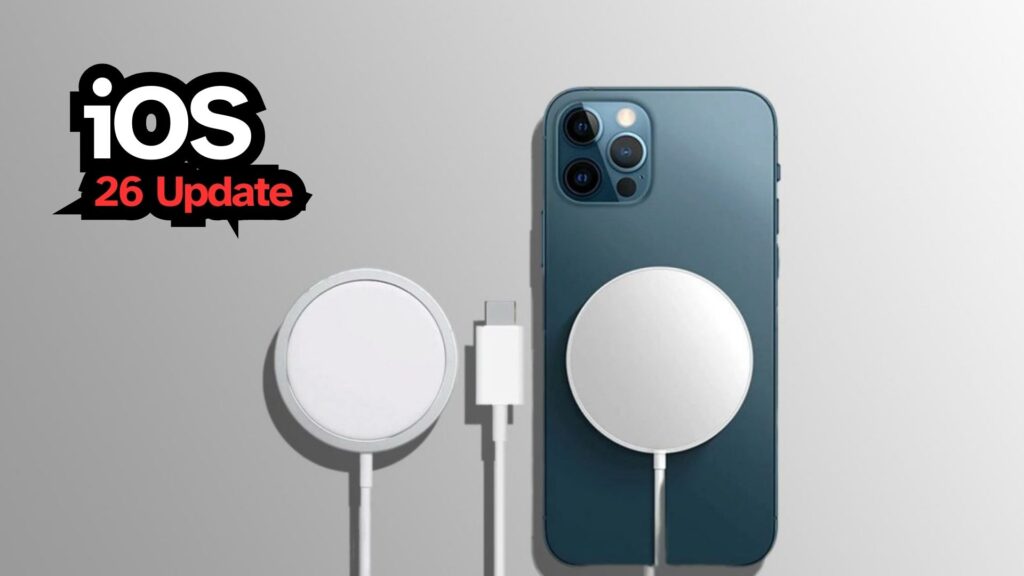For years, Android was celebrated for its openness and flexibility. Users who disliked their phone’s interface or pre-installed bloatware could simply replace it with a custom ROM a community-developed fork of the Android operating system. This culture of experimentation and freedom defined Android’s early years. However, that era is quickly fading.

In 2025, the challenges facing custom Android ROMs are greater than ever, and Google’s increasing control over both hardware and software ecosystems has accelerated their decline. The recent suspension of CalyxOS, a major privacy-focused Android fork, underscores the shrinking viability of this once-thriving community.
What is CalyxOS?

CalyxOS is a privacy-centric operating system built on Android, designed to reduce reliance on Google while still maintaining modern smartphone conveniences. Unlike stock Android, it integrates microG, an open-source reimplementation of Google Play Services, allowing users to run apps without relying directly on Google’s proprietary suite.
Until recently, CalyxOS supported more than two dozen devices, including Google’s Pixel phones, select Motorola models, and the Fairphone. This broad support differentiated it from GrapheneOS, its primary competitor, which only supports Pixel devices due to stricter hardware and security requirements.
Summary Table
Topic |
Key Details |
|---|---|
CalyxOS Status |
Paused for 4-6 months (or longer) due to infrastructure and leadership changes |
GrapheneOS |
Actively developed, Pixel-only, advanced security features |
Custom ROM Decline Factors |
Hardware restrictions, Play Integrity API, limited community support |
Impact on Users |
Fewer privacy-focused alternatives, limited hardware choice |
Official Sites |
Why Did CalyxOS Pause Development?
Earlier this year, CalyxOS announced a suspension of future releases for at least four to six months. According to the team, the pause will allow them to upgrade their technical infrastructure and improve documentation. Compounding matters, two of the project’s prominent leaders stepped down, leaving its long-term future uncertain.
This is not the first time a custom ROM has paused development. Other popular projects, including Paranoid Android and Pixel Experience, faced similar struggles before ultimately fading away. Although CalyxOS has assured its community that development will resume, the uncertainty highlights the fragile state of independent Android distributions.
GrapheneOS: The Last Major Alternative
With CalyxOS on hold, GrapheneOS remains the only major privacy-first Android ROM actively developed today. Its security features go far beyond what Google offers. These include:
-
Advanced app sandboxing, including Google apps
-
A duress PIN that wipes the device under coercion
-
Enhanced permissions and system hardening
Unlike CalyxOS, GrapheneOS does not use microG. Instead, it allows users to install official Google apps but runs them in highly restricted environments. While this makes it one of the most secure smartphone operating systems available, its reliance on Pixel devices limits accessibility.
Hardware Restrictions and the Decline of ROM Development
The decline of custom ROMs is not just a software issue. Hardware manufacturers have steadily reduced flexibility for developers and enthusiasts:
-
OnePlus: Once a community favorite with easy bootloader unlocking, it has shifted to a more restrictive model, mirroring its parent company OPPO.
-
LG and Essential: Both brands once encouraged modding but have exited the smartphone market.
-
Sony: Offers developer tools but remains too niche to sustain a large ROM community.
-
Samsung: Uses hardware-level security fuses (Knox) that permanently disable key features like Samsung Pay and Secure Folder once the bootloader is unlocked. Future updates may even remove bootloader unlocking altogether.
-
Google Pixels: Still relatively open but no longer provide full developer resources, such as driver binaries and device trees, that made Nexus devices so modder-friendly.
These changes make it increasingly difficult for developers to create and maintain aftermarket Android builds.
Google’s Role: SafetyNet and Play Integrity
On the software side, Google’s restrictions have been even more damaging.
-
SafetyNet was the first major barrier, preventing apps like banking and payment services from working on modified systems. Developers found ways around it, keeping custom ROMs alive.
-
Play Integrity API, however, is far stricter. It allows apps to verify whether a device is running its original factory state, making it nearly impossible for custom ROMs to bypass.
While many apps do not currently enforce strong Play Integrity checks, the potential for Google to expand enforcement poses an existential threat to ROM users.
The Future of Custom ROMs
Custom ROMs once represented the core spirit of Android: freedom, flexibility, and user control. Today, they face overwhelming challenges: limited hardware options, stricter bootloader policies, and increasingly restrictive security checks.
CalyxOS may return, but its struggles highlight the broader decline of custom ROM development. For now, GrapheneOS remains the strongest option for privacy-focused users but it comes with the caveat of being tied exclusively to Google’s Pixel hardware.
Unless manufacturers and Google reverse course, the golden era of custom ROMs may soon be remembered only as a chapter in Android’s history.
Frequently Asked Questions (FAQs)
1. Why did CalyxOS stop releasing updates?
A. CalyxOS paused to improve infrastructure and documentation, alongside leadership departures. Updates may resume after 4-6 months.
2. What makes GrapheneOS different from CalyxOS?
A. GrapheneOS emphasizes extreme security and does not rely on microG, while CalyxOS offered broader device support and integrated Google alternatives.
3. Can I still use CalyxOS safely?
A. It is not recommended, since no security updates are being provided during the hiatus.
4. Why are custom ROMs disappearing?
A. Hardware restrictions, reduced manufacturer support, and Google’s Play Integrity API make custom ROMs harder to maintain.
5. Is GrapheneOS the best option for privacy?
A. Yes, but it is limited to Google Pixel devices, which restricts accessibility for many users.
For More Information Click HERE






